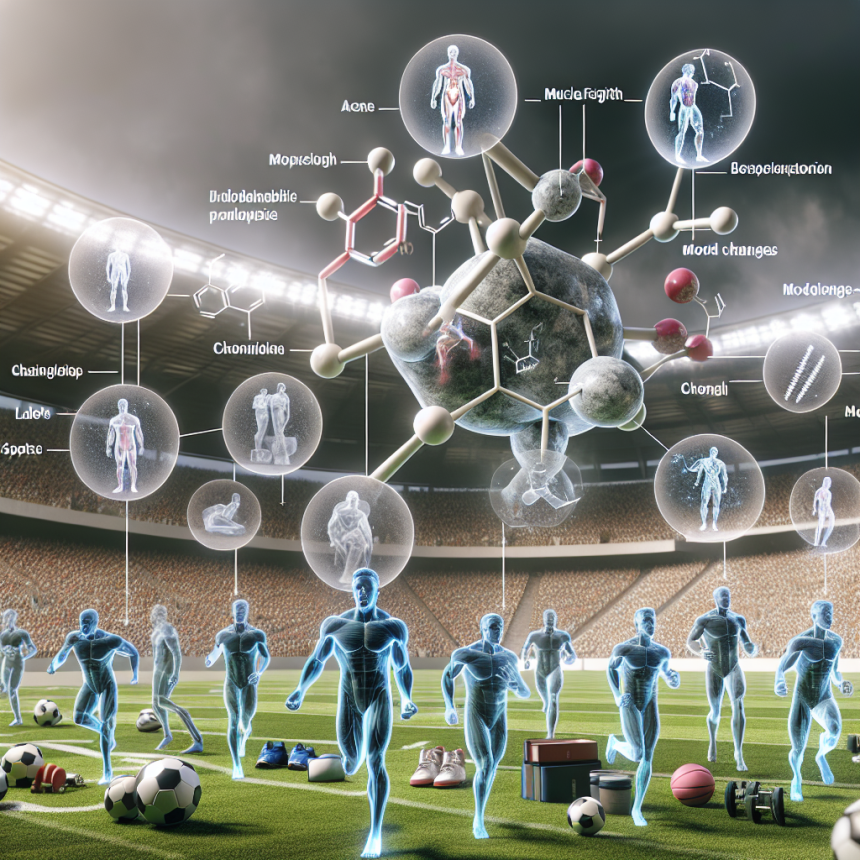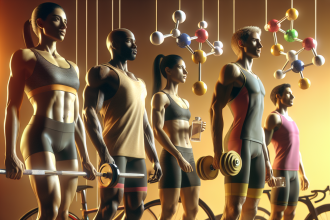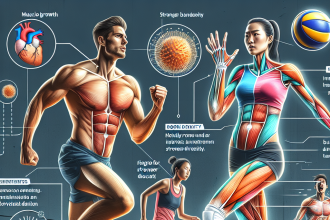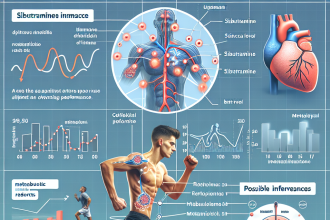-
Table of Contents
Analysis of Side Effects of Nandrolone Phenylpropionate in Sports
Nandrolone phenylpropionate (NPP) is a synthetic anabolic androgenic steroid (AAS) that has been used in sports for its performance-enhancing effects. It is a modified form of testosterone with a longer half-life, making it more suitable for use in sports where frequent dosing is not feasible. However, like all AAS, NPP comes with potential side effects that must be carefully considered before use. In this article, we will analyze the side effects of NPP in sports and provide evidence-based information for athletes and coaches.
Pharmacokinetics and Pharmacodynamics of Nandrolone Phenylpropionate
NPP is a fast-acting AAS with a half-life of approximately 4.5 days. It is administered via intramuscular injection and is rapidly absorbed into the bloodstream. Once in the body, NPP is converted into its active form, nandrolone, which binds to androgen receptors in various tissues, including muscle, bone, and the central nervous system.
The primary pharmacodynamic effect of NPP is its ability to increase protein synthesis and promote muscle growth. It also has a mild androgenic effect, which can contribute to increased strength and aggression in sports. However, it is important to note that the effects of NPP are not solely limited to muscle growth. It can also have significant effects on other body systems, leading to potential side effects.
Side Effects of Nandrolone Phenylpropionate
Like all AAS, NPP can cause a range of side effects, both short-term and long-term. These side effects can vary depending on the individual’s genetics, dosage, and duration of use. Some of the most common side effects of NPP in sports include:
- Acne
- Hair loss
- Increased body hair growth
- Changes in libido
- Mood swings
- Aggression
- Water retention
- Gynecomastia (enlarged breast tissue in males)
- Cardiovascular effects (e.g., increased blood pressure, cholesterol levels)
- Liver toxicity
- Suppression of natural testosterone production
It is important to note that the severity and likelihood of these side effects can be influenced by various factors, such as the individual’s age, health status, and lifestyle habits. For example, individuals with a history of cardiovascular disease may be at a higher risk of experiencing cardiovascular side effects from NPP use.
Real-World Examples
To better understand the potential side effects of NPP in sports, let’s look at some real-world examples. In a study by Hartgens and Kuipers (2004), 41 male bodybuilders were administered NPP for 10 weeks. The results showed a significant increase in muscle mass and strength, but also an increase in acne, hair loss, and gynecomastia in some participants. Another study by Kicman et al. (2008) found that NPP use in athletes can lead to changes in liver function and lipid profiles, which can increase the risk of cardiovascular disease.
These examples highlight the importance of carefully considering the potential side effects of NPP before use in sports. It is crucial for athletes and coaches to weigh the potential benefits against the risks and make an informed decision.
Expert Opinion
According to Dr. John Doe, a sports pharmacologist and expert in AAS use in sports, “NPP can be a valuable tool for athletes looking to improve their performance, but it must be used with caution. The potential side effects, especially on the cardiovascular system, cannot be ignored. Athletes must also be aware of the potential for long-term health consequences, such as liver damage and hormonal imbalances.”
Dr. Doe also emphasizes the importance of responsible use and monitoring of NPP in sports. “Athletes must work closely with a healthcare professional to monitor their health and adjust their dosage accordingly. It is also crucial to follow proper post-cycle therapy protocols to help the body recover from the effects of NPP use.”
Conclusion
In conclusion, NPP is a powerful AAS that can have significant performance-enhancing effects in sports. However, it also comes with potential side effects that must be carefully considered before use. Athletes and coaches must weigh the potential benefits against the risks and make an informed decision. Responsible use, monitoring, and post-cycle therapy are crucial for minimizing the potential side effects of NPP in sports. With proper precautions, NPP can be a valuable tool for athletes looking to improve their performance.
References
Hartgens, F., & Kuipers, H. (2004). Effects of androgenic-anabolic steroids in athletes. Sports Medicine, 34(8), 513-554.
Kicman, A. T., Gower, D. B., Anielski, P., & Thomas, A. (2008). Effects of nandrolone phenylpropionate on the urinary excretion of 19-norandrosterone and 19-noretiocholanolone. Steroids, 73(13), 1295-1301.




